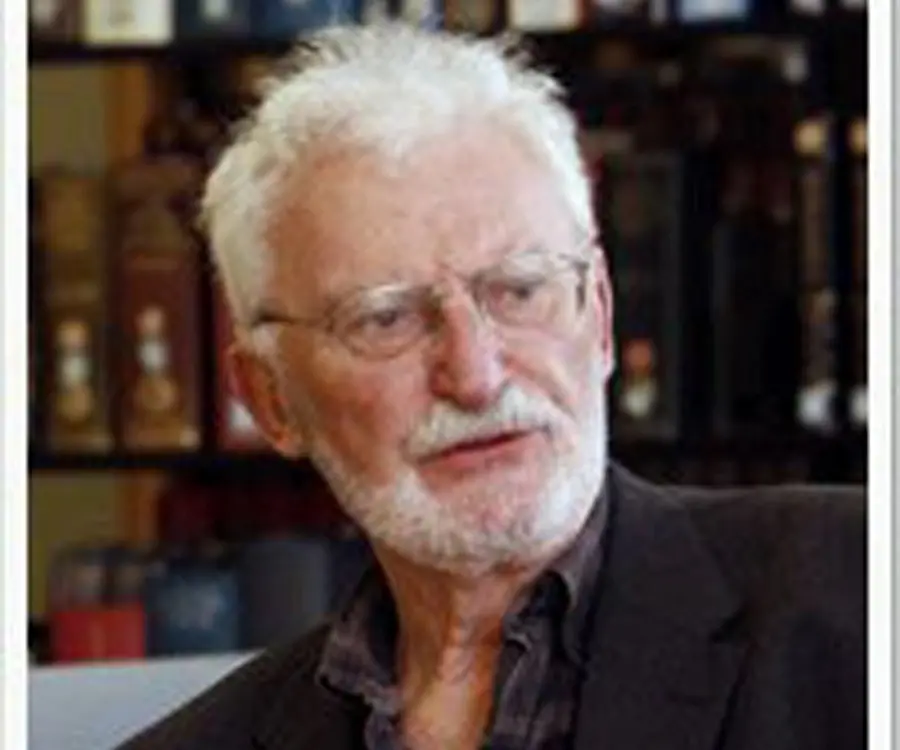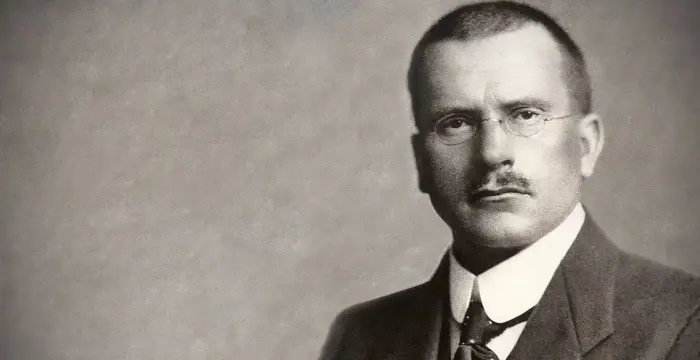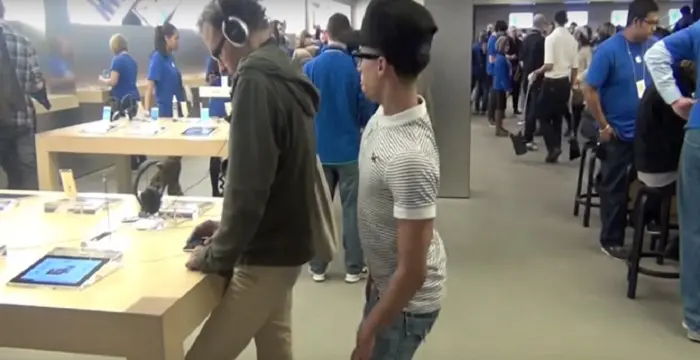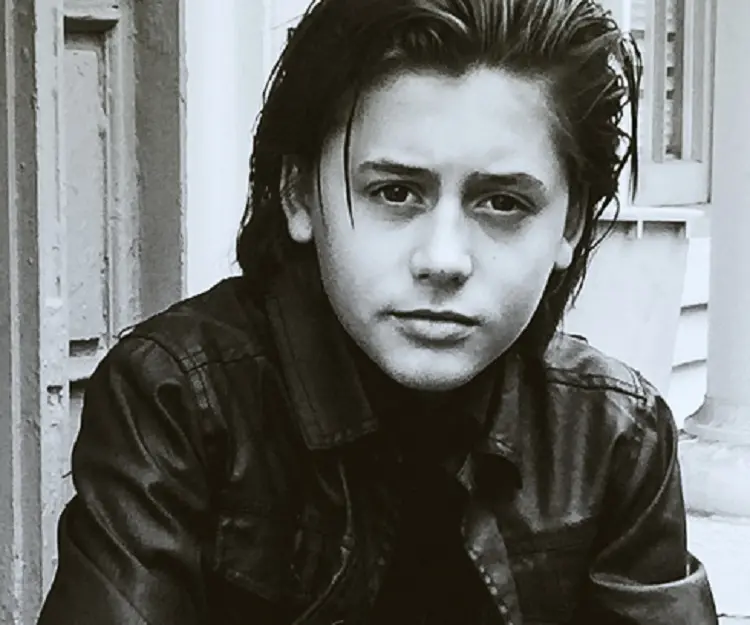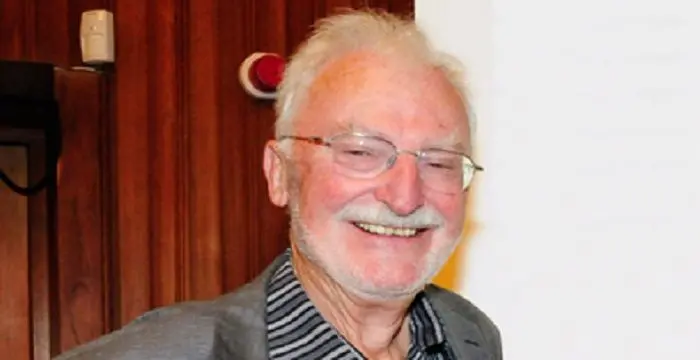
Heinrich Rohrer - Scientists, Birthday and Facts
Heinrich Rohrer's Personal Details
Heinrich Rohrer was a Swiss physicist who won the Nobel Prize in Physics in 1986
| Information | Detail |
|---|---|
| Birthday | June 6, 1933 |
| Died on | May 16, 2013 |
| Nationality | Swiss |
| Famous | Scientists, Physicists |
| Universities |
|
| Discoveries / Inventions |
|
| Birth Place | Buchs |
| Gender | Male |
| Sun Sign | Gemini |
| Born in | Buchs |
| Famous as | Physicist |
| Died at Age | 79 |
// Famous Scientists
Juliane Koepcke
Juliane Koepcke is a German-Peruvian biologist, who was the lone survivor among the 92 passengers and crew of the ill-fated LANSA Flight 508 that crashed in the Peruvian rainforest on 24 December 1971. Know more about her life in this biography.
Henry Cavendish
Henry Cavendish was a theoretical chemist and physicist, renowned for discovery of hydrogen and calculation of the mass of earth. To know more about his childhood, profile, timeline and career read on
Konstantin Tsiolkovsky
Konstantin Tsiolkovsky was a Russian rocket scientist and a pioneer of astronautics. This biography provides detailed information about his childhood, family, personal life, career, achievements, etc.
Heinrich Rohrer's photo
Who is Heinrich Rohrer?
A pioneer in the field of nanotechnology, Swiss physicist Heinrich Rohrer’s work resonates in varied technological areas even today. His participation in designing and building the Scanning Tunneling Microscope, an instrument so sensitive that it distinguishes individual atoms, earned him a share of the Nobel Prize in Physics in 1986. Though he received international acclaim for his career in physics, it was actually by chance that he ventured into the scientific field. As a young boy he was more inclined towards the classical languages and it was only as a college student that he recognized his calling to be a physicist. After completing his education, he spent a majority of his career at IBM due to its flexibility and conducted most of his research there. He also dabbled in superconductivity, multi-critical phenomena, and nanotechnology. He believed that the world should be ready to exploit the new possibilities nanotechnology offers. A friendly man with a witty personality, he was a model physicist who was not only intelligent but also kind. He was a family man who cherished quality time with his wife and children. Even after his retirement, he continued to accept invitations for research projects in various universities across the globe. The many honors and awards he received during his lifetime are a small testament to a man who revolutionized the world of science.
// Famous Physicists
Henry Cavendish
Henry Cavendish was a theoretical chemist and physicist, renowned for discovery of hydrogen and calculation of the mass of earth. To know more about his childhood, profile, timeline and career read on
Walter Kohn
Nobel Laureate Walter Kohn was an Austrian-born American theoretical chemist and physicist. Check out this biography to know about his childhood, life, achievements, works & timeline.
Nikola Tesla
Nikola Tesla was a Serbian-American inventor, best known for his development of alternating current electrical systems. This biography of Nikola Tesla provides detailed information about his childhood, life, achievements, works & timeline.
Childhood & Early Life
Heinrich Rohrer was born half an hour later than his twin sister on June 6, 1933, in Buchs, St. Gallen, Switzerland. He was the third of three children born to Katharina Gantenbein and Hans Heinrich Rohrer.
His childhood was relatively normal with a mix of play, farm work, and school to keep him occupied. When the family relocated to the city of Zürich in 1949, it was a change in lifestyle from country to town.
Being exposed to the country life, he was inclined towards classical languages and natural sciences. In 1951, he was enrolled at the Swiss Federal Institute of Technology (ETH) and he started favoring Physics. At ETH, he was taught by notable Professors G. Busch, Wolfgang Pauli, and Paul Scherrer. He earned his B.S. in 1955.
Four years later, in 1955, he began working on his Ph.D. in experimental physics. He was entrusted with measuring the length changes of superconductors at the magnetic field-induced superconducting transition. He conducted his research after midnight because the mechanical transducers were sensitive to vibrations. In 1960, he received his Ph.D.
Career
Heinrich Rohrer took a sabbatical from his studies to complete his military service (basic training) with the Swiss mountain infantry.
A honeymoon to the United States stoked his interests and he spent two post-graduation years working on thermal conductivity of type-II superconductors and metals. Under the supervision of Professor Bernie Serin, he worked on this research at ‘Rutgers University’, New Jersey.
In 1963, after his return from the States, Professor Ambros Speiser, Director of the IBM Research Laboratory in Rüschlikon, Switzerland, offered him an opportunity to work as a research assistant. He agreed with the encouragement of Professor Bruno Lüthi and joined the company in December.
At IBM, he mainly worked on Kondo systems with magnetoresistance in pulsed magnetic fields for two years and later shifted his interest to magnetic phase diagrams. This led to his entry into the field of critical phenomena. He was encouraged by K. Alex Müller to focus on the bicritical and tetracritical behavior and finally on the random-field problem.
During 1974 and 1975, he spent his time at the University of California, Santa Barbara. He worked with Professor Vince Jaccarino and Dr. Alan King and studied ‘nuclear magnetic resonance’.
His interest in complex atomic structures of surface materials brought him and Gerd Binnig together in 1978. Frustrated by the limits of the tools available, they decided to develop a spectroscopic probe that led to the design of the ‘Scanning Tunneling Microscope’. They submitted their patent in 1979.
He and Binnig tested their device in 1981 and continued to add refinements. In 1986, he and Binnig shared half of the prize of the Nobel Prize in Physics for their development of the Scanning Tunneling Microscope. This invention opened new doors in nanotechnology.
In 1986, he was appointed an IBM fellow and managed the Physical Sciences department at the Zurich Research Laboratory till 1988.
Rohrer dedicated his entire career at the IBM Research Laboratory because of the freedom given to pursue his interests and the intellectual cooperation he received. He retired from IBM in 1997.
After his retirement, he accepted research appointments at the ‘Consejo Superior de Investigaciones Científicas’ in Madrid, Spain, and at ‘Riken University’ and ‘Tohoku University’ in Japan.
Major Works
Heinrich Rohrer was one of the primary designers of the Scanning Tunneling Microscope (STM). It was an l invention that allowed for imaging surfaces at the atomic level. Many practical applications of the STM include better lithography, atomic disposition of metals which can later be used as nano devices, rotation of individual bonds within single molecules, and many more.
He authored ‘Das Rastertunnelmikroskop’ (The Scanning Tunneling Microscope) with Gerd Binnig, in 1987.
Awards & Achievements
Heinrich Rohrer was the recipient of a number of awards, many of which were shared with his colleague and fellow researcher Gerd Binnig. In 1984, he was co-awarded the EPS Europhysics Prize and King Faisal Prize.
Along with Gerd Binnig and Ernst Ruska, he was awarded the Nobel Prize in Physics’ in 1986 for their design of the Scanning Tunneling Microscope. Ernst Ruska received half of the prize and the other half was shared by Binnig and himself.
In 1994, he was inducted into the ‘National Inventors Hall of Fame’. He is one of 532 inductees to be bestowed this honor.
Personal Life & Legacy
Heinrich Rohrer married Rose-Marie Egger in the summer of 1961. She was a supportive and stabilizing influence in his life. They had two daughters, namely, Doris Rohrer and Ellen Rohrer.
Quite an outdoorsy man, he went on a four-month camping trip through the USA in 1963. During his sabbatical at Santa Barbara, he took his family on two extended camping trips and showed them the States from coast to coast.
He passed away on May 16, 2013, at his residence in Wollerau, Switzerland. His death was attributed to natural causes. He was 79 years old.
Trivia
The ‘Binnig and Rohrer Nanotechnology Center’ in Rüschlikon is dedicated to the team that built the STM.
// Famous Swiss peoples
Barıs Arduc
Barıs Arduc is a Swiss-born Albanian actor. Check out this biography to know about his birthday, childhood, family life, achievements and fun facts about him.
Jocelyn Wildenstein
Jocelyn Wildenstein is an American socialite who is known for marrying into the notorious Wildenstein family.
Carl Jung
Carl Jung was a Swiss psychiatrist famous for founding the school of analytical psychology. This biography of Carl Jung provides detailed information about his childhood, life, achievements, works & timeline.
Heinrich Rohrer's awards
| Year | Name | Award |
|---|---|---|
Other | ||
| 0 | 1986 - Nobel Prize in Physics | |
| 0 | 1987 - Elliott Cresson Medal | |
Heinrich Rohrer biography timelines
- // 6th Jun 1933Heinrich Rohrer was born half an hour later than his twin sister on June 6, 1933, in Buchs, St. Gallen, Switzerland. He was the third of three children born to Katharina Gantenbein and Hans Heinrich Rohrer.
- // 1949His childhood was relatively normal with a mix of play, farm work, and school to keep him occupied. When the family relocated to the city of Zürich in 1949, it was a change in lifestyle from country to town.
- // 1951 To 1955Being exposed to the country life, he was inclined towards classical languages and natural sciences. In 1951, he was enrolled at the Swiss Federal Institute of Technology (ETH) and he started favoring Physics. At ETH, he was taught by notable Professors G. Busch, Wolfgang Pauli, and Paul Scherrer. He earned his B.S. in 1955.
- // 1955 To 1960Four years later, in 1955, he began working on his Ph.D. in experimental physics. He was entrusted with measuring the length changes of superconductors at the magnetic field-induced superconducting transition. He conducted his research after midnight because the mechanical transducers were sensitive to vibrations. In 1960, he received his Ph.D.
- // 1961Heinrich Rohrer married Rose-Marie Egger in the summer of 1961. She was a supportive and stabilizing influence in his life. They had two daughters, namely, Doris Rohrer and Ellen Rohrer.
- // 1963In 1963, after his return from the States, Professor Ambros Speiser, Director of the IBM Research Laboratory in Rüschlikon, Switzerland, offered him an opportunity to work as a research assistant. He agreed with the encouragement of Professor Bruno Lüthi and joined the company in December.
- // 1963Quite an outdoorsy man, he went on a four-month camping trip through the USA in 1963. During his sabbatical at Santa Barbara, he took his family on two extended camping trips and showed them the States from coast to coast.
- // 1974 To 1975During 1974 and 1975, he spent his time at the University of California, Santa Barbara. He worked with Professor Vince Jaccarino and Dr. Alan King and studied ‘nuclear magnetic resonance’.
- // 1978 To 1979His interest in complex atomic structures of surface materials brought him and Gerd Binnig together in 1978. Frustrated by the limits of the tools available, they decided to develop a spectroscopic probe that led to the design of the ‘Scanning Tunneling Microscope’. They submitted their patent in 1979.
- // 1981 To 1986He and Binnig tested their device in 1981 and continued to add refinements. In 1986, he and Binnig shared half of the prize of the Nobel Prize in Physics for their development of the Scanning Tunneling Microscope. This invention opened new doors in nanotechnology.
- // 1984Heinrich Rohrer was the recipient of a number of awards, many of which were shared with his colleague and fellow researcher Gerd Binnig. In 1984, he was co-awarded the EPS Europhysics Prize and King Faisal Prize.
- // 1986 To 1988In 1986, he was appointed an IBM fellow and managed the Physical Sciences department at the Zurich Research Laboratory till 1988.
- // 1986Along with Gerd Binnig and Ernst Ruska, he was awarded the Nobel Prize in Physics’ in 1986 for their design of the Scanning Tunneling Microscope. Ernst Ruska received half of the prize and the other half was shared by Binnig and himself.
- // 1987He authored ‘Das Rastertunnelmikroskop’ (The Scanning Tunneling Microscope) with Gerd Binnig, in 1987.
- // 1994In 1994, he was inducted into the ‘National Inventors Hall of Fame’. He is one of 532 inductees to be bestowed this honor.
- // 1997Rohrer dedicated his entire career at the IBM Research Laboratory because of the freedom given to pursue his interests and the intellectual cooperation he received. He retired from IBM in 1997.
- // 16th May 2013He passed away on May 16, 2013, at his residence in Wollerau, Switzerland. His death was attributed to natural causes. He was 79 years old.
// Famous Gemini Celebrities peoples
Wentworth Miller
Wentworth Miller is an American actor and screenwriter who achieved recognition for his role in the TV series ‘Prison Break’.
Joyce Meyer
Joyce Meyer is a Christian author and speaker. This biography provides detailed information about her childhood, life, achievements, works & timeline
Zoe LaVerne
Zoe LaVerne is an American musical.ly star. Check out this biography to know more about her family, personal life, including her age, birthday, etc.
WolfieRaps
Check out all that you wanted to know about WolfieRaps, the famous YouTube Personality; his birthday, his family and personal life, his girlfriends, fun trivia facts and more.
Adam Saleh
Check out all that you wanted to know about Adam Saleh, the famous YouTube Personality; his birthday, his family and personal life, his girlfriends, fun trivia facts and more.
Isaak Presley
All about American actor and singer Isaak Presley including his age, birthday, family life, girlfriends, net worth, and some fun facts.
Heinrich Rohrer's FAQ
What is Heinrich Rohrer birthday?
Heinrich Rohrer was born at 1933-06-06
When was Heinrich Rohrer died?
Heinrich Rohrer was died at 2013-05-16
Where was Heinrich Rohrer died?
Heinrich Rohrer was died in Wollerau
Which age was Heinrich Rohrer died?
Heinrich Rohrer was died at age 79
Where is Heinrich Rohrer's birth place?
Heinrich Rohrer was born in Buchs
What is Heinrich Rohrer nationalities?
Heinrich Rohrer's nationalities is Swiss
What was Heinrich Rohrer universities?
Heinrich Rohrer studied at ETH Zurich
What is Heinrich Rohrer's inventions/discoveries?
Scanning Tunneling Microscope was invented (or discovered) by Heinrich Rohrer
What is Heinrich Rohrer's sun sign?
Heinrich Rohrer is Gemini
How famous is Heinrich Rohrer?
Heinrich Rohrer is famouse as Physicist




